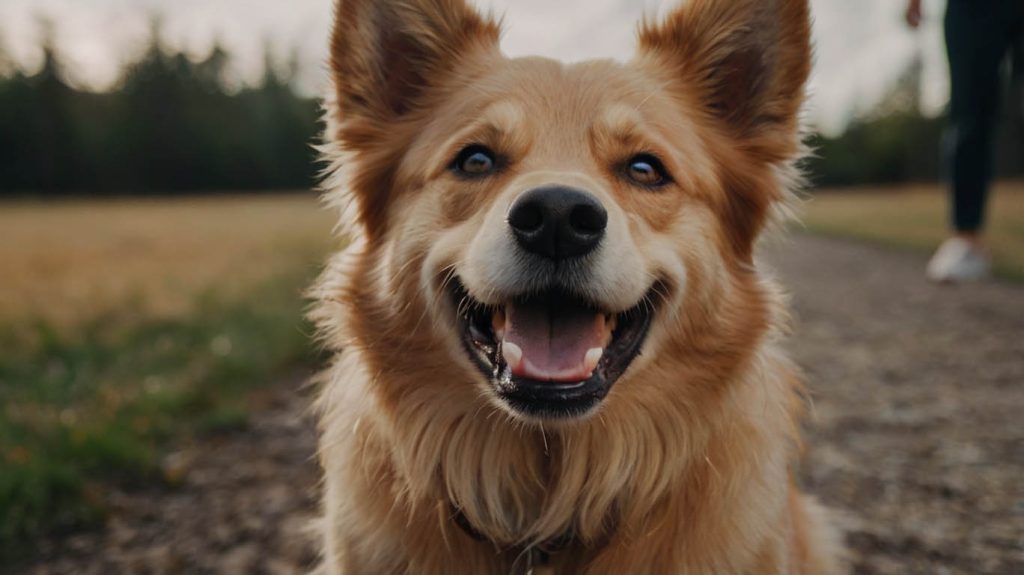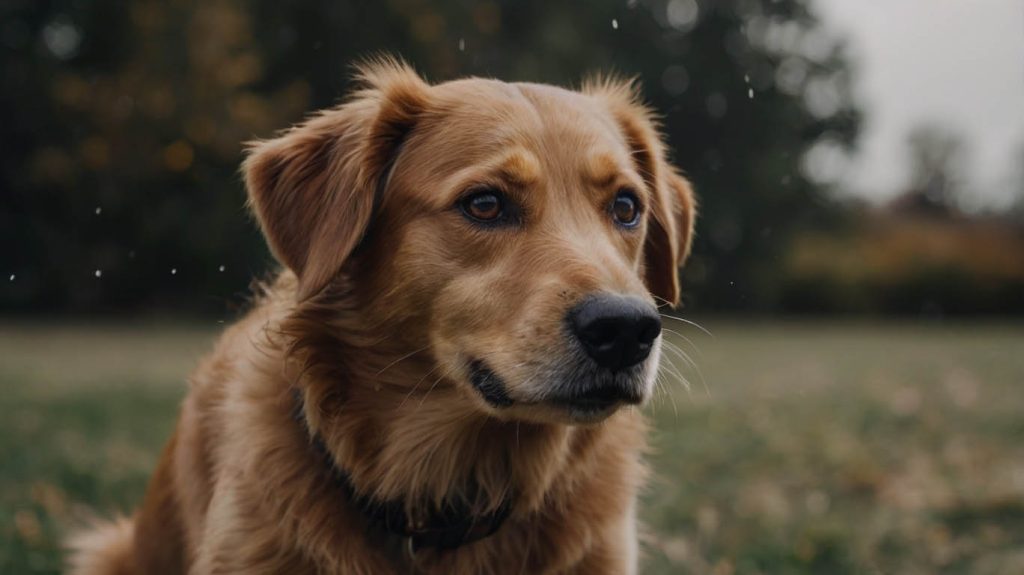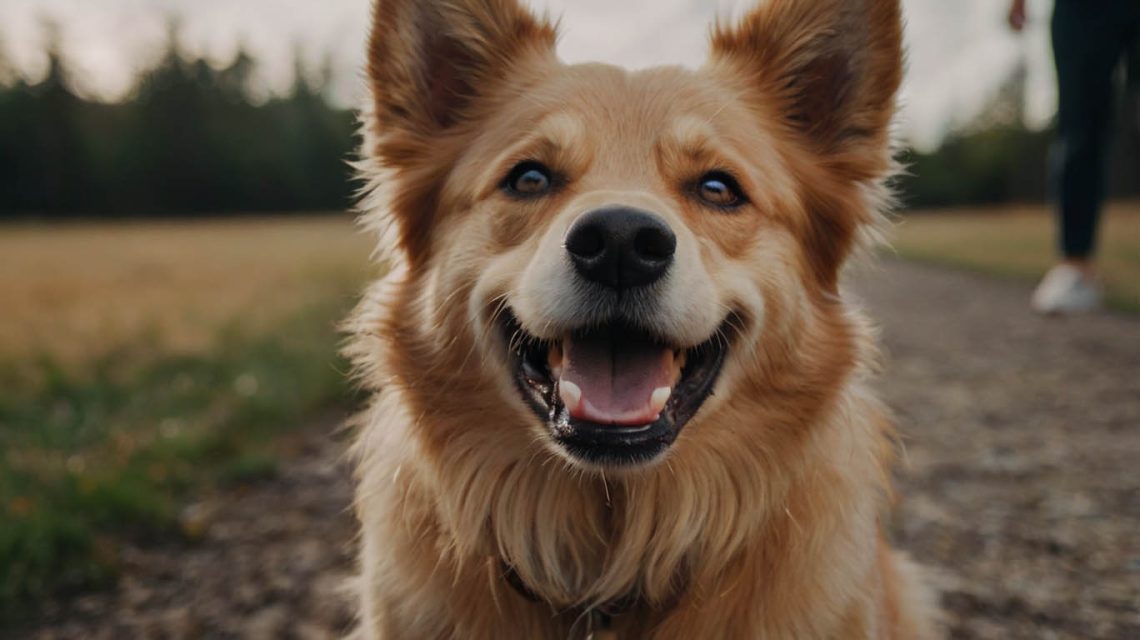Training your dog can be both fun and incredibly fulfilling—especially when you start with the right tricks. If you’re wondering where to begin, these easy dog tricks for beginners offer a perfect entry point. They require minimal time, build essential skills, and keep your dog mentally stimulated.
More importantly, starting with easy dog tricks can boost your confidence as a trainer and strengthen your bond with your pup. In this article, you’ll discover exactly which tricks to start with, how to teach them, and a real-life story that proves any dog can learn something new with the right approach.
Why You Should Start with Easy Dog Tricks for Beginners
If you’re new to dog training, starting small sets you up for success. Easy tricks teach your dog to focus, respond to cues, and enjoy the learning process. But they also give you immediate wins—turning potential frustration into fun.
Dogs love working with you. And when you pick the right beginner-friendly tricks, your sessions become short, exciting, and effective. So, whether you’ve got a brand-new puppy or an older rescue, these tricks are a great place to begin.

Top Easy Dog Tricks for Beginners That Anyone Can Teach
“Sit” – The Ultimate Starter Trick
Among the most common easy dog tricks for beginners, “Sit” is the one every dog should learn first. It’s useful in nearly every situation—before meals, crossing the road, or greeting strangers.
Start by holding a treat close to your dog’s nose. Slowly lift the treat above their head. As their eyes follow it, their bottom will naturally touch the floor. Say “Sit” and reward. Simple and effective.
“Shake Hands” – Build Trust and Engagement
“Shake” is not just cute—it’s interactive. Ask your dog to sit, gently lift one paw while saying “Shake,” then reward immediately. After several repetitions, your pup will offer the paw on cue.
It’s a great way to break the ice with guests and gives your dog confidence through touch-based interaction.
“Spin” – A High-Energy Trick for Movement
Hold a treat in front of your dog’s nose and move it in a circle. Say “Spin” as they follow the motion with their body. Once the spin is complete, reward.
This trick is especially helpful for high-energy dogs who need something active yet simple to grasp.
How to Get Started with Easy Dog Tricks for Beginners
Use Positive Reinforcement and Patience
Dogs respond best to rewards—not punishment. Use treats, praise, or playtime to reinforce each correct behavior. Keep your tone cheerful and encouraging.
Train in Short, Focused Sessions
Five to ten minutes is plenty for a training session. Aim for two to three sessions a day. Keep things light and end on a positive note.
Be Consistent with Cues and Gestures
Dogs thrive on clarity. Always use the same word and hand signal for each trick. Consistency leads to faster, more reliable results.
Case Study: How Max Learned 4 Tricks in 3 Weeks
Max, a 5-month-old Golden Retriever, had a tough start. Rescued from a loud shelter, he was shy, untrained, and scared of new people. His owner Sarah, new to training, began researching easy dog tricks for beginners.
She started with “Sit.” Within two days, Max had it down. Then she moved to “Shake” and “Spin.” After just three weeks of gentle, daily practice, Max knew four tricks and had a new sparkle in his eye.
Sarah said, “Training tricks changed everything. Max became more confident, and I became more connected to him.”
Additional Easy Dog Tricks for Beginners
| Trick | Why It Works |
|---|---|
| Down | Encourages calmness and submission |
| Touch | Helps build responsiveness to commands |
| High Five | Simple variation of “Shake” with more visual impact |
| Wave Goodbye | A cute addition that builds off of “High Five” |
| Roll Over | Fun and challenging but still beginner-friendly |
These can be taught once your dog has mastered the first few tricks.

Training Tips for Faster Progress
Reward Immediately and Generously
Timing is everything. The faster your reward follows the action, the more likely your dog is to repeat it.
Avoid Overtraining in One Session
Dogs, like people, can get bored or frustrated. If your pup loses interest, take a break and come back later. Keep it fun, not forced.
Practice in Low-Distraction Environments First
Before heading outside or into busy areas, master tricks indoors. This builds confidence and attention before you add distractions.
Common Mistakes Beginners Should Avoid
- Repeating the Command Too Many Times: Say it once, wait. Don’t turn “Sit-sit-sit” into background noise.
- Using Harsh Corrections: These break trust and confuse your dog.
- Skipping Rewards Too Soon: Even once a trick is learned, occasional reinforcement keeps it sharp.
- Inconsistency: Different family members should use the same commands and hand signals.
Avoiding these mistakes keeps learning smooth and stress-free.
FAQs About Easy Dog Tricks for Beginners
What’s the best age to start training tricks?
Start as early as 8 weeks. Puppies learn quickly, but older dogs can also master tricks with patience.
Can I teach tricks to an older rescue dog?
Yes! Tricks are great confidence boosters for adult dogs, especially those with rough pasts.
How long does it take to teach a trick?
It varies. Some dogs get it in one session; others need a few days. Consistency is key.
Do I always need to use treats?
Treats work best at first. Later, you can switch to praise or toys.
Should I teach multiple tricks at once?
Start with one. Once your dog masters it, add another. Avoid overwhelming them.
How do I know if my dog is enjoying the training?
Look for tail wags, alert ears, and enthusiasm. If they seem bored or frustrated, change tactics or take a break.
Conclusion: Start With Easy Dog Tricks and Build a Lifetime of Learning
Teaching easy dog tricks for beginners isn’t just about cool party tricks. It’s a way to bond, communicate, and give your dog a fulfilling, fun life. From “Sit” to “Spin,” every trick is a step toward a more engaged, better-behaved companion.
So, grab some treats, set a timer for ten minutes, and try your first trick today. You’ll be amazed at how quickly your dog catches on—and how proud you’ll both feel.


